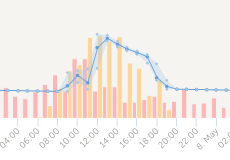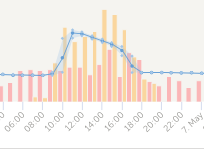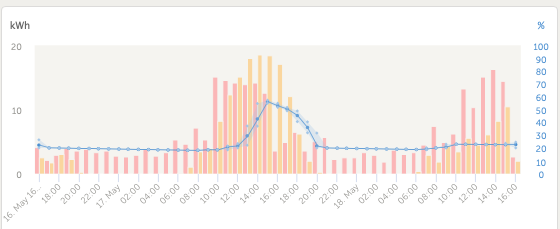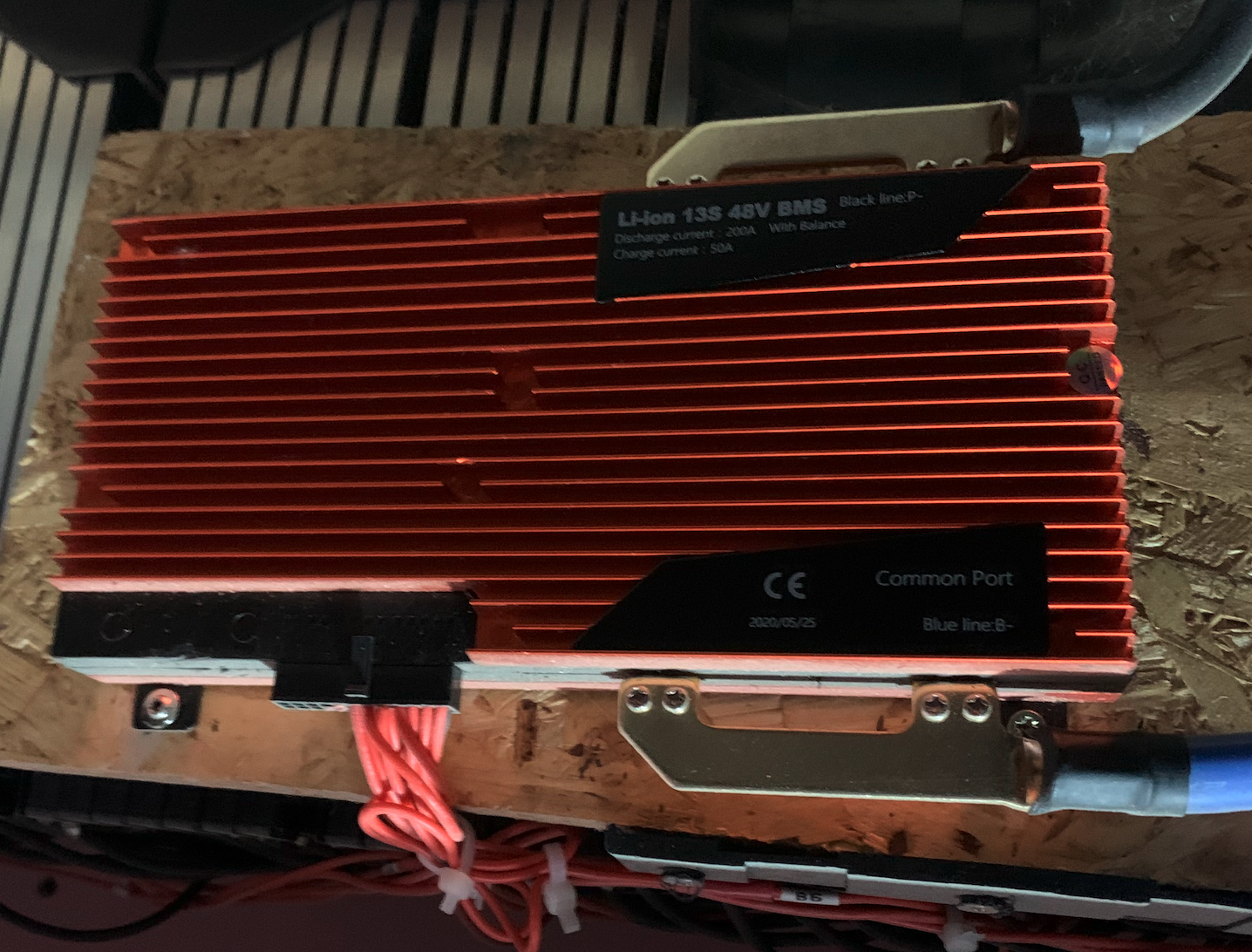I'm trying to understand / tweak how the charging works for daily solar energy capture. My installer has disappeared and so I know have to try and figure things out myself as they never got around to it.
40kWh Liion EIG cells @ 48v. 27kW peak output from panels.
My issue is the charging logic seems very unpredictable. My theory for how it should work, and how it was explained, is when the solar energy is enough the grid stops being used, and any extra solar starts going into the batteries...up to a amx, and then it starts putting it back into the grid. If there is a cloud and the solar output dips down, the batteries are used to supplement that time period, unless they of course reach their configured minimum (20%)...and when the sun is back, they switch back into charging mode....ideally nearing full capacity so that they can handle the evening hours and night time untilt hey again fall to 20% and it switches back to grid. (Except if the grid is offline, then they are allowed to go down to 0%.)
What I am seeing though is the batteries may start charging, but then a cloud, or some usage causes the available energy to not be enough, and they switch back, and then give up on charging for the rest of the day. The next day it does the same. Even though I have adequate solar all day to charge the batteries to 100%, they never get there, they get to 40% and then slowly discharge at about 800W until the PV energy is too low and then they discharge at a faster rate. Some days I get 40%, some days 70%, and on rare occasions 90%+. But I can't predict it, and it makes no sense to me. Example image from yesterday and the day before...(max on the graph is about 40%)


However today, by 11AM, my batteries are fully charged at 100%, and there was a LOT of clouds on and off this morning. It hits some threshold and decides that is it for the day, and nothing can be done.
The solar room has ventilation and I monitor the temperature and make sure its never exceeding roughly 30C in the room.
Can this logic be changed or improved? What decides when to stop attempting to charge the batteries for the day? Today it did what I would expect...although oddly it appears to have been a little too fast.

Really need an installer who understands Victron..can't find anyone around me willing to help.



